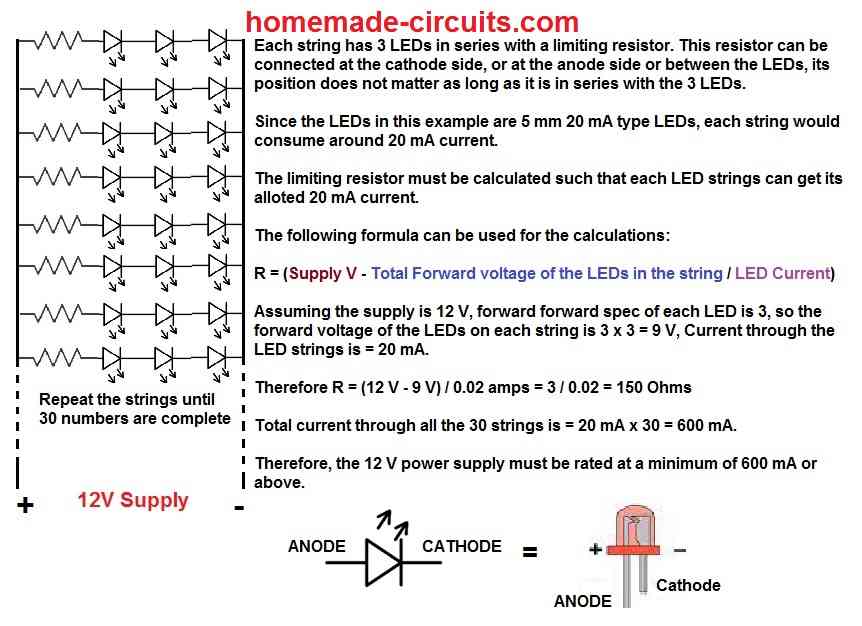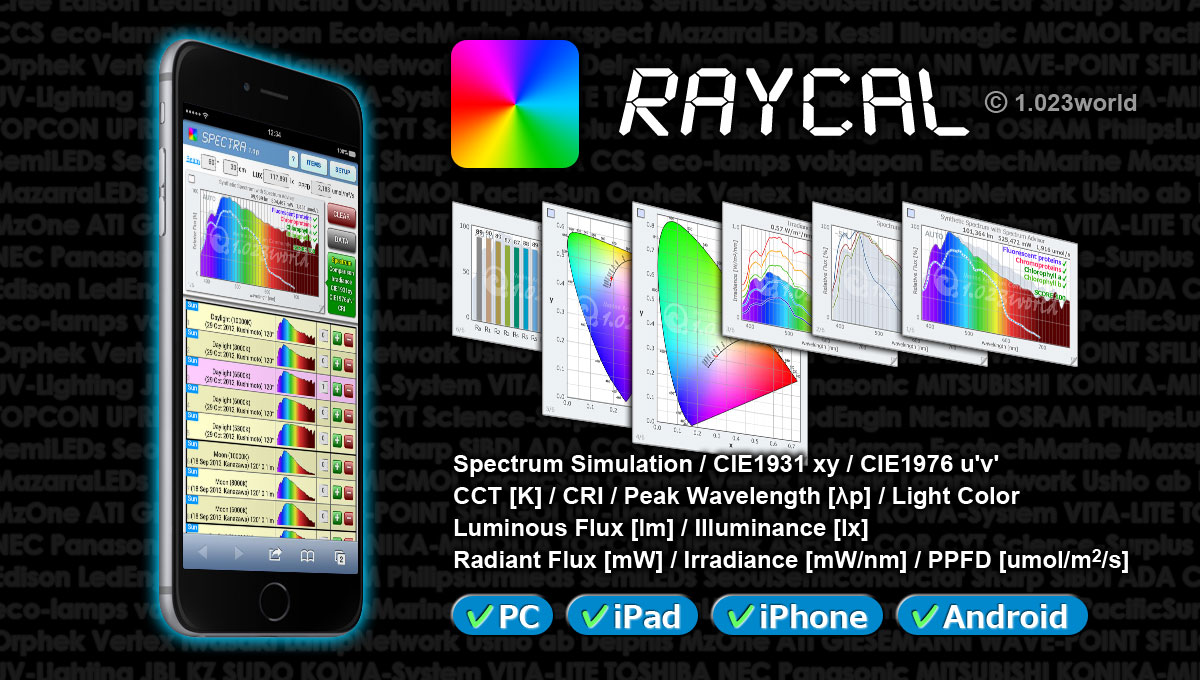Maybe start with the basics of "constant voltage" design.Can make it easy for me with the spectrum thing.These are brod terms to catch upon. If you have time would u teach me more on those terms and i don't know how to use raycal 2.0. I just thought spectrum can be changed with use of Bluetooth controllers.Bt making a light jst like Chihiros vivid with individual colored emitters is much better and light intensity that is brightness can be controlled would be better.Help me decide which one is good.These images shown is a aquarium lights made in India the with rgb leds and a Bluetooth controllers which can make colour changes and brightness change.I use this one in my aquarium.

How To Calculate and Connect LEDs in Series and Parallel - Homemade Circuit Projects
The post provides a detailed explanation regarding how to calculate LEDs connected in series and parallel using formulas and equations.
 www.homemade-circuits.com
www.homemade-circuits.com
And understand the 2 ways to run leds..
Constant Voltage v.s. Constant Current LED Drivers - uPowerTek
I picked the constant voltage method because controller s are numerous and cheap..
To be honest constant current makes a lot more sense BUT a diy system can cost more than simply buying a light.
Cheap strip light controller as an example.
Can be used on any series/parallel led array that stays withing its power rated capacity..
C04W RF and Alexa Tuya WiFi RGBW LED Tape Controller
Adjust the brightness and change colors of your RGB+W led strip through mobile Tuya Smart Life APP, RF remote, and Alexa, Google Home Assistant voice speakers.
www.superlightingled.com
Maximum power is 180 watts if connected to a 12V RGBW LED strip and 360 watts if connected to a 24V RGBW LED strip.
Soo here would be , say the blue channel. White and green would be the same
Red is another story though..
I choose 200mA more for a "just because I can" situation.
Note the watt size should be 2x the recommended.
for blue 2W, for red 1W
10+16+16+16 (say red/cyan/blue/warm white ) would be total wattage for an array built on the above specs.
TOTAL power.. Led power is less due to losses in the resistors. But total is needed to make sure you do not exceed the controller specs.
In this case no problem..58 watts..
Each channel can "do" 180Watts (@24V) BUT collectively they state 360 watts.
7.5A/CH, Max 15A
Which is 90 W /channel if using 4 channels
On the blue/cyan/green, white leds 8.2 Ohms 4W resistor should get you 500mA
Last edited:



